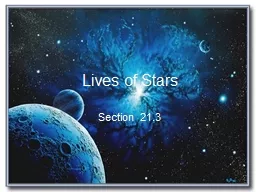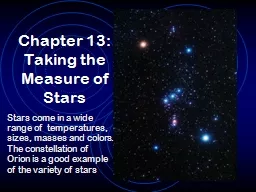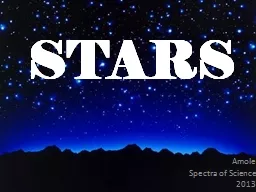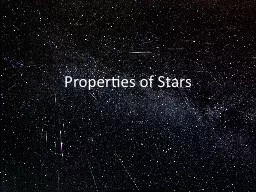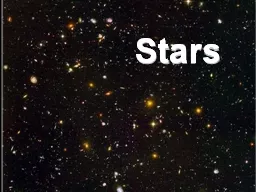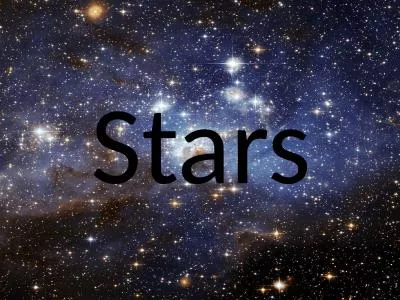PPT-Lives of Stars Section 21.3
Author : titechas | Published Date : 2020-06-22
Stephen Hawking The Birth of Stars YouTube Life Cycle of Stars Nebula large cloud of gas and dust spread out in an immense volume Life Cycle of Stars Gravity
Presentation Embed Code
Download Presentation
Download Presentation The PPT/PDF document "Lives of Stars Section 21.3" is the property of its rightful owner. Permission is granted to download and print the materials on this website for personal, non-commercial use only, and to display it on your personal computer provided you do not modify the materials and that you retain all copyright notices contained in the materials. By downloading content from our website, you accept the terms of this agreement.
Lives of Stars Section 21.3: Transcript
Download Rules Of Document
"Lives of Stars Section 21.3"The content belongs to its owner. You may download and print it for personal use, without modification, and keep all copyright notices. By downloading, you agree to these terms.
Related Documents

